by Gautam Pemmaraju
Haram aur dayr key jhagdey, kahan tak koi suljhayey
Jisey har tarah fursath ho, voh is maidaan mey aayey.
(Till when can we unravel what is sacred, what is profane?
He, who has nothing else to do, let him enter that battlefield.)
—Habib Painter Qawal
Over twenty years ago, if memory serves me well, travelling in Zaheerabad district of rural Telangana in central India, a group of us, all students on a college project, stopped to watch a folk performance at a local village fair, or jatra, as they are popularly known. The chitukulaata was to be performed by thirty odd men arranged in two concentric circles. In the dead centre sat two musicians and in between the two circles, the sutradhar, or narrator, pranced about animatedly, punctuating his vivid storytelling with a stick and a shrill whistle. The whole night affair, with a eager crowd huddled in blankets, for it was a chilly February night, was to be a long narration of stories of the gods from the Bhagavata Purana, in all likelihood from the regional saint Pothana's vernacular Telugu language version, Bhagavatamu. Before the performance, the troupe raised an invocation: “Yesu murthi ki jai“, they sang, “Hail the Lord Jesus”, for the men were lower caste converts, who in all likelihood, would have converted during the colonial era. Many such people over the centuries have chosen alternate identities through a variety of social mechanisms and for a varied set of motivations and provocations, but a common desire for social justice and dignity has broadly informed the breaking free from an exclusionary, exploitative and often brutal, social hierarchy. Some have retained certain acts of popular ritual, of culture and tradition, (perhaps linked to employment), and their process of repudiation is often a complex, graded act over generations. The histories of such complex social and religious life demonstrating a dense synthesis of identities, deftly conflating diverse strands through equally diverse influences and interlocutors, are numerous to say the least. While such syncretic identities can certainly be looked at with a degree of surprise and anthropological curiosity, the pitfalls of syncretism are also numerous; it is a bad word in contemporary humanities and scholars such as Peter van der Veer, Carl Ernst amongst others have alerted us to the traps that the casual usage of such ideas may present, for the proposition of a simple, benign, humanistic blending is generally a false one, often viewed with a ‘Hindu' lens, and in egregious ways, deployed towards an opportunistic polemical gain.
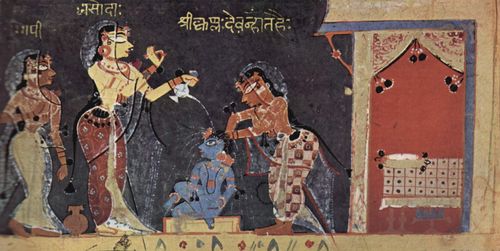
An immediate danger here is presented by people such as Dina Nath Batra, the serial right-wing litigant, whose strident advocacy has forced the publisher Penguin India, to cravenly capitulate and agree to withdraw Wendy Doniger's The Hindus: An Alternate History, and pulp the existing stock. For many, and one can safely assume that his ilk will no doubt agree, such converted Christians singing stories of the ‘Hindu' gods is evidence of the greatness, ‘plurality' and enduring continuance of an ancient three thousand year old tradition, of an essential, undying ‘Hindu' character belonging to the nation-state. This ‘Hinduism' of the political arena, a fierce, militant, puritanical, anti-erotic, ahistorical force is quick to attack heterodox ideas that challenge its centralizing agenda. This ‘Hinduism' of the political arena is in deep conflict with the ‘Hinduism' of the scholarly arena and the current disturbance with Doniger's book brings this conflict to the fore yet again, igniting a wide range of debates. Some apportion blame, some analyse it in the light of the current political climate, some critique the ‘brahmanical' bias of the commentary and point to dubious claims of 'Hindu plurality', others decry and lament, and most others discuss the principle of free speech. Beyond these debates lies the realm of history itself, and in particular, religious history of this land.
Read more »


 Two weeks after my wife died this past October, she briefly returned. Or so it seemed to me.
Two weeks after my wife died this past October, she briefly returned. Or so it seemed to me.

 Is the Past Prolog? I’m not convinced. I say this as a professional historian.
Is the Past Prolog? I’m not convinced. I say this as a professional historian.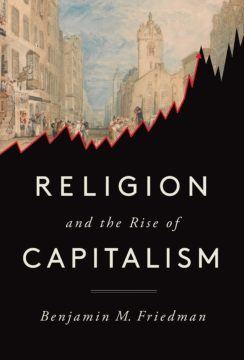 Religion has always had an uneasy relationship with money-making. A lot of religions, at least in principle, are about charity and self-improvement. Money does not directly figure in seeking either of these goals. Yet one has to contend with the stark fact that over the last 500 years or so, Europe and the United States in particular acquired wealth and enabled a rise in people’s standard of living to an extent that was unprecedented in human history. And during the same period, while religiosity in these countries varied there is no doubt, especially in Europe, that religion played a role in people’s everyday lives whose centrality would be hard to imagine today. Could the rise of religion in first Europe and then the United States somehow be connected with the rise of money and especially the free-market system that has brought not just prosperity but freedom to so many of these nations’ citizens? Benjamin Friedman who is a professor of political economy at Harvard explores this fascinating connection in his book “Religion and the Rise of Capitalism”. The book is a masterclass on understanding the improbable links between the most secular country in the world and the most economically developed one.
Religion has always had an uneasy relationship with money-making. A lot of religions, at least in principle, are about charity and self-improvement. Money does not directly figure in seeking either of these goals. Yet one has to contend with the stark fact that over the last 500 years or so, Europe and the United States in particular acquired wealth and enabled a rise in people’s standard of living to an extent that was unprecedented in human history. And during the same period, while religiosity in these countries varied there is no doubt, especially in Europe, that religion played a role in people’s everyday lives whose centrality would be hard to imagine today. Could the rise of religion in first Europe and then the United States somehow be connected with the rise of money and especially the free-market system that has brought not just prosperity but freedom to so many of these nations’ citizens? Benjamin Friedman who is a professor of political economy at Harvard explores this fascinating connection in his book “Religion and the Rise of Capitalism”. The book is a masterclass on understanding the improbable links between the most secular country in the world and the most economically developed one. The word “interpretivism” suggests to most people a particularly crazy sort of postmodern relativism cum skepticism. If our relations to reality are merely interpretive and perspectival (I will use these terms interchangeably as needed, the idea being that each
The word “interpretivism” suggests to most people a particularly crazy sort of postmodern relativism cum skepticism. If our relations to reality are merely interpretive and perspectival (I will use these terms interchangeably as needed, the idea being that each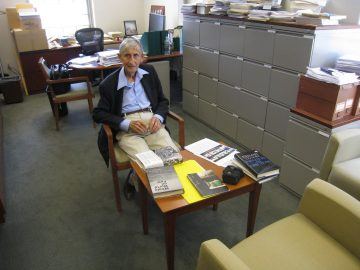
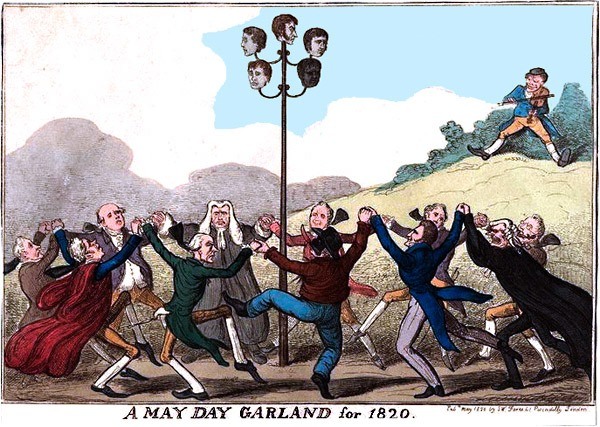

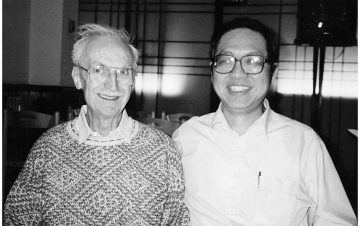
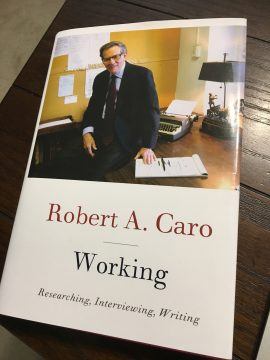 Robert Caro might well go down in history as the greatest American biographer of all time. Through two monumental biographies, one of Robert Moses – perhaps the most powerful man in New York City’s history – and the other an epic multivolume treatment of the life and times of Lyndon Johnson – perhaps the president who wielded the greatest political power of any in American history – Caro has illuminated what power and especially political power is all about, and the lengths men will go to acquire and hold on to it. Part deep psychological profiles, part grand portraits of their times, Caro has made the men and the places and times indelible. His treatment of individuals, while as complete as any that can be found, is in some sense only a lens through which one understands the world at large, but because he is such an uncontested master of his trade, he makes the man indistinguishable from the time and place, so that understanding Robert Moses through “The Power Broker” effectively means understanding New York City in the first half of the 20th century, and understanding Lyndon Johnson through “The Years of Lyndon Johnson” effectively means understanding America in the mid 20th century.
Robert Caro might well go down in history as the greatest American biographer of all time. Through two monumental biographies, one of Robert Moses – perhaps the most powerful man in New York City’s history – and the other an epic multivolume treatment of the life and times of Lyndon Johnson – perhaps the president who wielded the greatest political power of any in American history – Caro has illuminated what power and especially political power is all about, and the lengths men will go to acquire and hold on to it. Part deep psychological profiles, part grand portraits of their times, Caro has made the men and the places and times indelible. His treatment of individuals, while as complete as any that can be found, is in some sense only a lens through which one understands the world at large, but because he is such an uncontested master of his trade, he makes the man indistinguishable from the time and place, so that understanding Robert Moses through “The Power Broker” effectively means understanding New York City in the first half of the 20th century, and understanding Lyndon Johnson through “The Years of Lyndon Johnson” effectively means understanding America in the mid 20th century.